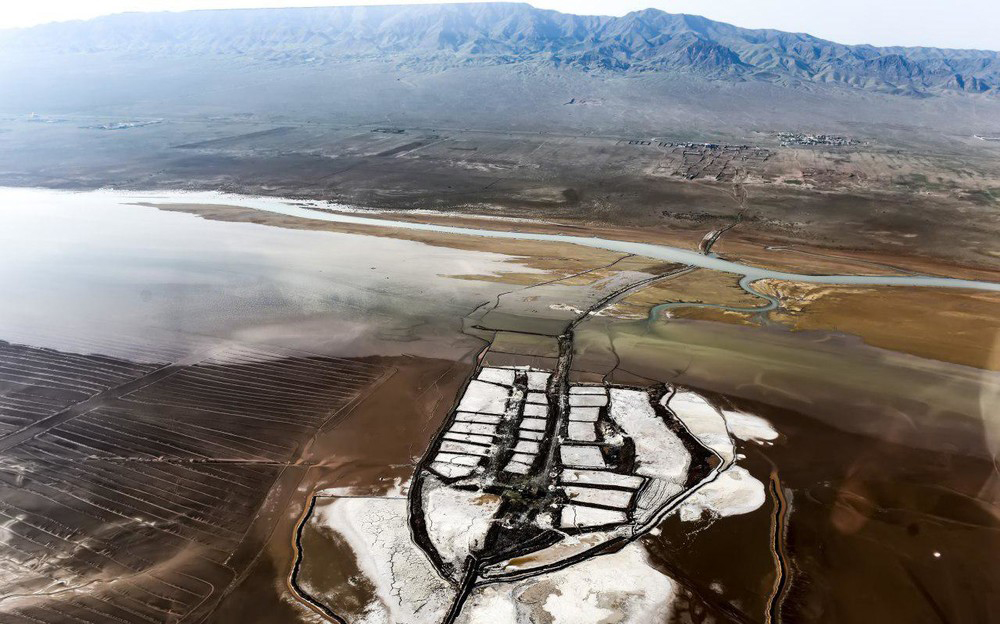The Alborz Province’s office of the Forests, Range and Watershed Management Organization has devised a plan to mitigate the environmental fallouts of a major bypass being constructed between the provinces of Tehran and Alborz.
The 158-kilometer southern bypass is a project aimed at reducing traffic congestions in Tehran, Alborz and Qazvin provinces and is referred to as “a chance for the capital to breathe”, Mehr News Agency reported.
However, its construction could exacerbate dust and sand storms in the region.
Each year, 520 million vehicles on average transit roads leading to Tehran, and 20% of the country’s traffic jams occur in the Iranian capital. Also, around 300,000 vehicles use Alborz Province’s connecting roads, imposing a major traffic burden on Tehran’s neighboring province.
High fuel consumption, long journey times and environmental harms (i.e. pollution) are among other problems caused by the daily congestions between the two provinces.
To curtail the problem, various solutions were proposed throughout the years, including construction of a bypass road to connect major inter-province highways.
Undertaken by Khatam-al-Anbiya Construction Headquarters, the project was inaugurated early last fiscal year (started March 20, 2016) and is expected to become operational within four years.
The bypass is made up of four sections: It begins in Qazvin’s Abiyek region and connects the Qazvin-Karaj Freeway to Eshtehard-Shahriyar Highway in Alborz Province. It continues to connect the highway to the Tehran-Saveh Freeway, which then connects to the Tehran-Qom Freeway. The last section of the bypass road extends from the Tehran-Qom Freeway to the Qom-Mashhad Freeway.
Despite its touted benefits, the construction of the road, particularly the 42 kilometer section that runs through Alborz Province, has raised concerns.
According to Hamid Tahaei, governor-general of Alborz Province, 1,600 hectares of the province’s lands will be affected by the project.
“These areas are mostly desert lands that are sources of dust storms in Tehran and Alborz and therefore measures to stabilize soil are essential alongside the project,” he said.
The construction group has pledged to implement anti-desertification projects and plant saplings along the road.
The provincial FRWO has taken the lead to devise and implement a plan to protect and stabilize the soil in dust storm hotspots.
According to Hamed Farzi, director of Alborz’s FRWO office, a plan launched last November involves planting trees and bushes on each side of the road in eight rows.
“Once the project is complete, trees and shrubs will have covered around 500 hectares,” he told the news agency.
It is also very important to choose appropriate plants and adopt suitable maintenance measures to increase their survival chances in desert areas, he added.
“Saxaul and saltbush (both small bushes) have been selected as the main plants besides Nitraria and Tamarisk to be planted in smaller numbers,” said the official.
The area around Shour, a seasonal river in the north of Eshtehard County, will also be covered by common reed.
These plants will prevent soil erosion by wind and the movement of sand, save water since they’re drought-tolerant and will help efforts to revive natural vegetation.
Farzi expressed hope that the operations will gradually help natural vegetation to grow and change the region’s ecosystem in a positive way.
Around 41 billion ($1 million) rials have been allocated to the greening project and 2,500 workers, mainly from among locals, have been hired for the job.
“The FRWO is carrying out studies on the environmental impacts of the road project that will soon be published,” said Farzi, adding that the study will be a reliable source of information for future greening schemes.


